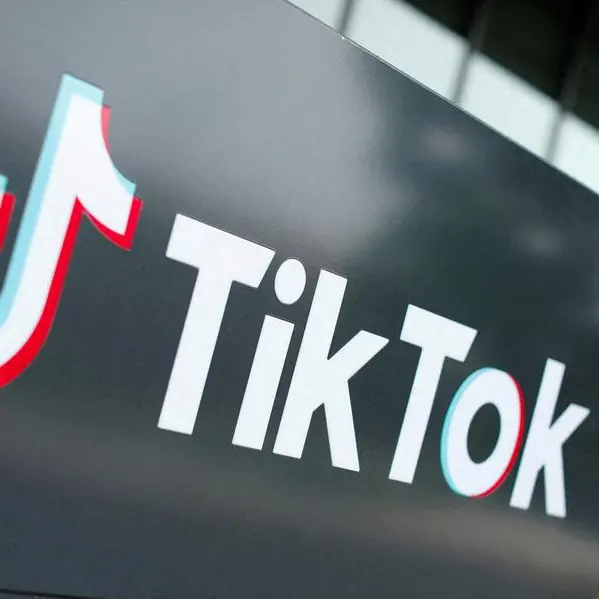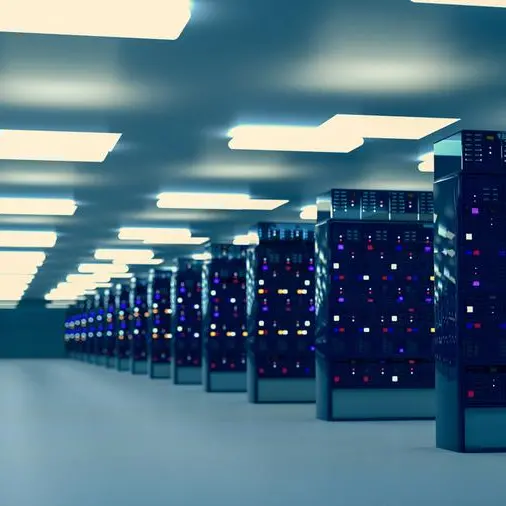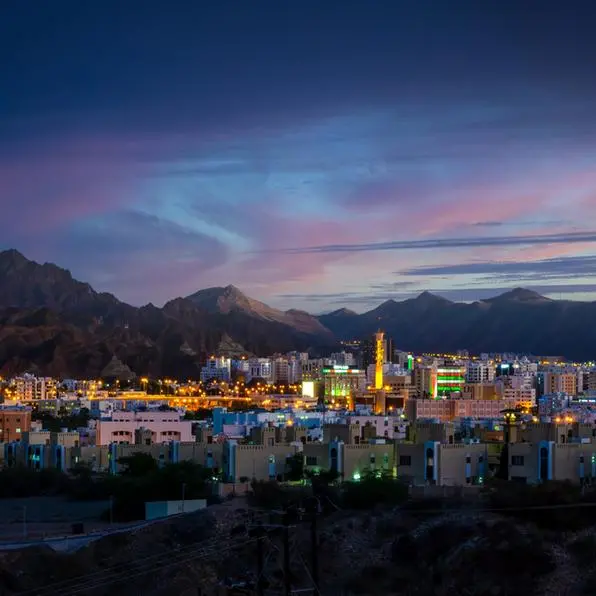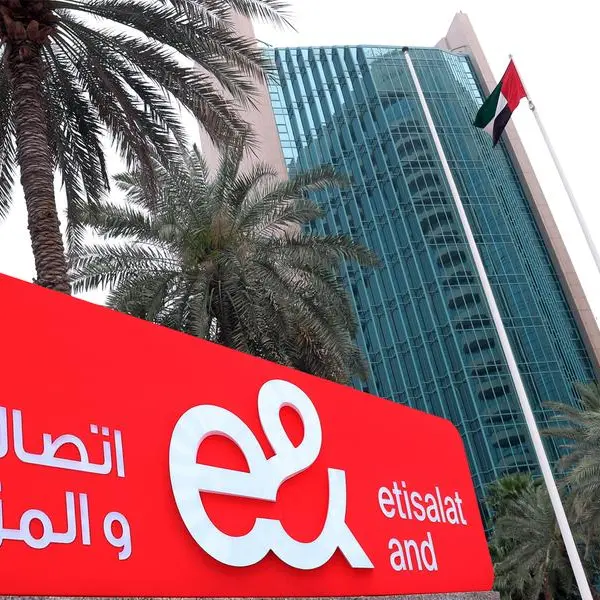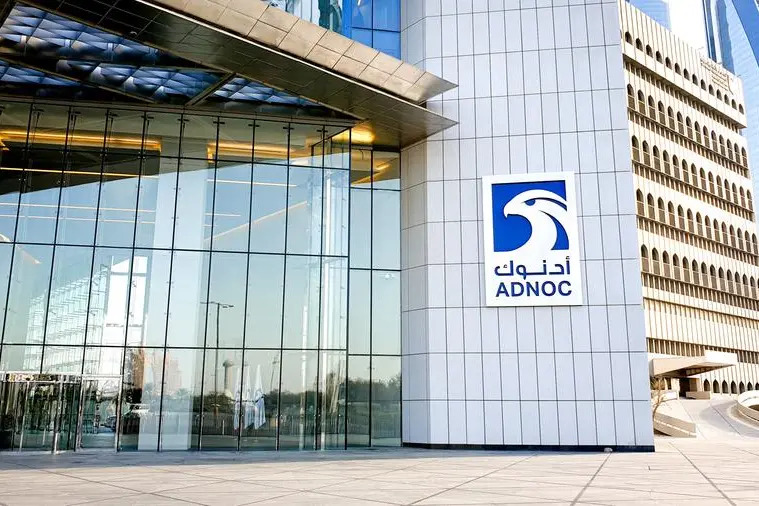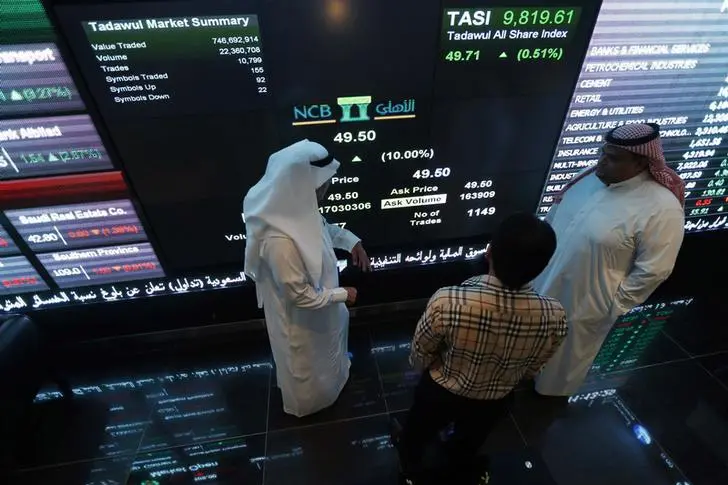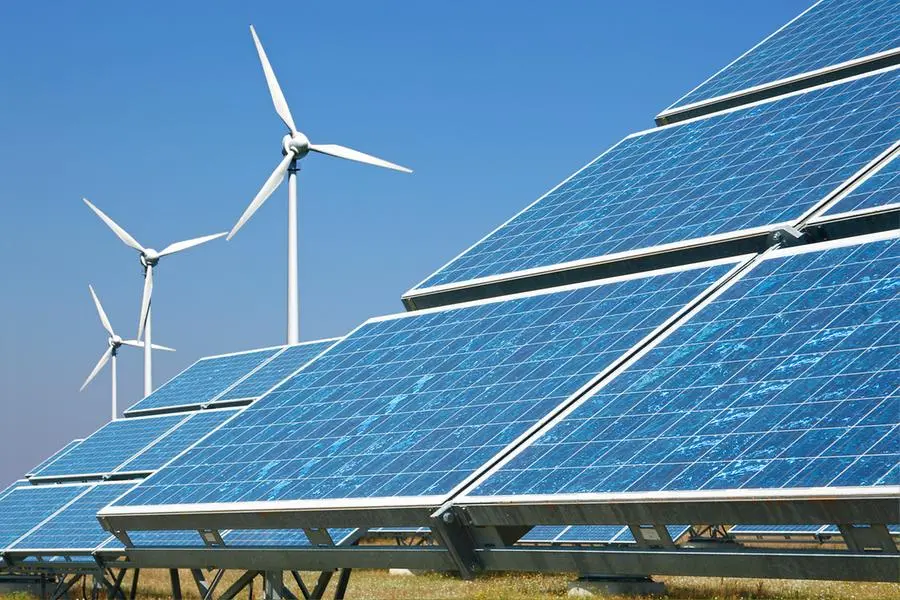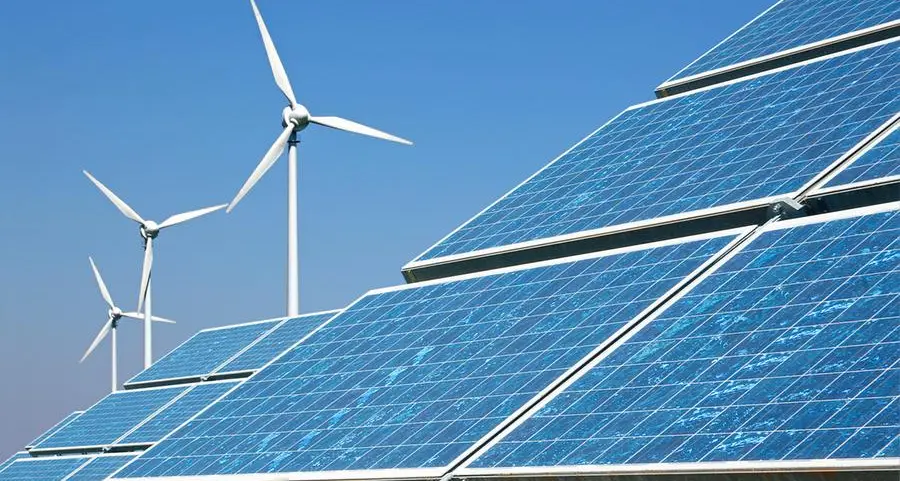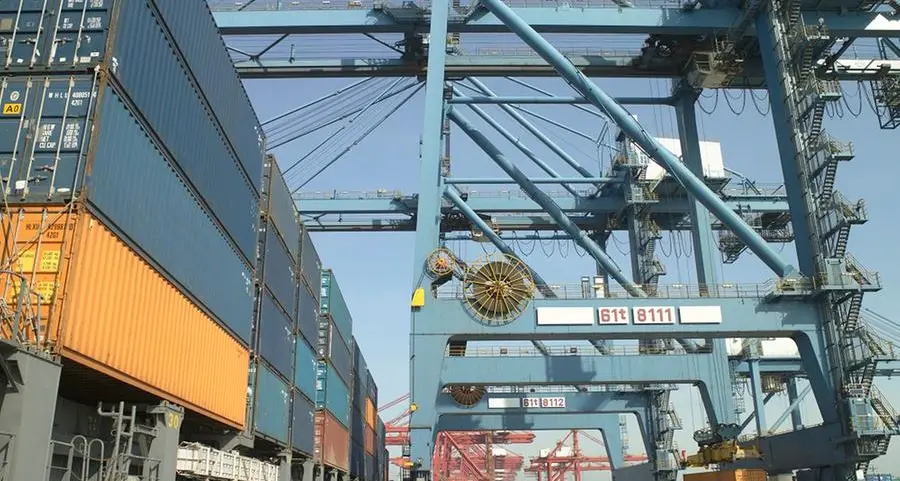PHOTO
The AI revolution is advancing at light speed around the world, impacting every industry, driving economic growth, and reshaping how we live and work.
In Africa, the pace of technological adoption and innovation is inspiring—as AI-powered tools are being applied to agriculture, healthcare, finance, and much more.
It’s certainly no surprise, as Africa has many of the key ingredients to be a global player in data and AI: a young, tech-savvy population rich in entrepreneurial talent; established and expanding digital ecosystems (just look at mobile money, pioneered in Africa and now a global phenomenon); and ample land for building infrastructure like data centres.
All this AI-related potential, however, relies on data processing —and data processing relies on energy. And, on a continent that continues to struggle with delivering reliable and affordable power, the urgency of this critical issue cannot be overstated.
For example, Kenya’s industrial sector alone accounts for over 50 percent of total electricity consumption, highlighting how crucial reliable power is for manufacturing and large-scale economic growth.
Both the United Nations and the African Development Bank Group highlight that access to reliable, affordable, and sustainable energy are the lynchpin to ushering in an age of industrialisation, economic growth, and prosperity across the continent.
AI is clearly not a short-term craze; it’s a game-changer for the long-term that demands immense processing power. That’s why hyperscale data centres are being built at a rapid pace in North America, Europe, and Asia.
Used to train large AI models and operate cloud services, these facilities don’t just use power, they devour it. Operating 24/7, data centres require stable, high-capacity baseload energy to keep servers running, data flowing, and cooling systems functioning.
Globally, the International Energy Agency reported that data transmission networks consumed 260-360 TWh in 2022, or to put another way, that is 1-1.5 percent of global electricity use.
While renewables like solar and wind are critical for long-term sustainability, their intermittent nature means they can’t shoulder the load alone, especially in regions with limited storage or grid flexibility.
If Africa is to compete globally in AI and cloud computing, energy strategies must put reliability and scale at the centre of infrastructure planning.
The solution lies in pragmatism and scalability. Africa needs a diversified energy strategy that combines natural gas with renewables.
Gas-fired power offers a reliable, on-demand energy source capable of delivering the baseload power data centres require. It emits 50 percent less CO2 than coal and is more scalable than renewable solutions today.
At the same time, renewables must remain central to the continent’s energy future. Solar and wind can be deployed “behind the meter”—directly on or near data centre sites—to supplement gas and reduce emissions. This hybrid approach allows for energy resilience while accelerating the transition to a cleaner energy mix.
Innovative models are already emerging on the continent. Project Spark, for example, is combining a liquid natural gas (LNG) multiuser port in Walvis Bay, Namibia, with vast land resources to develop LNG infrastructure and power plant that can deliver dependable power throughout the region.
With an eye toward scalability and speed, it shows how targeted energy development can catalyse digital transformation across the continent.
This kind of forward-looking investment is what Africa needs more of—not just more power, but the right kind of power in the right places. Data centres don’t just need megawatts; they need planning, precision, and policy alignment to succeed. And that success depends on a balanced energy strategy, one that prioritises reliability and scalability alongside sustainability.
By 2026, half of the world’s hyperscale data centres will be in North America, while Africa still accounts for less than 1 percent. Africa must confront these issues head-on, by building energy and data infrastructure, or risk missing the window to lead. The opportunity is there but it demands urgency and coordinated action.
For the energy needed to power the future—not just homes and hospitals but also the AI tools that will shape the next century—governments, investors, and the private sector must align around infrastructure that supports long-term digital competitiveness.
Building world-class data centres is not only about technology, it’s about creating jobs, stimulating industrial growth, and reducing electricity costs through large-scale, dependable infrastructure that serves both economic and human needs.
Just as Africa revolutionised global banking through mobile money, the continent is now on the cusp of leading the next wave of digital transformation. But that future depends on energy systems that are built to scale, built to last, and built with balance in mind.
What it needs now is the will and effective collaboration between the governments and the private sector to build the energy infrastructure necessary to match its ambitions, including power plants with renewables, updated transmission lines, more undersea cables to increase our connectivity to the world, and efficient storage systems.
By embracing a hybrid energy approach and making strategic decisions to fund investments like Project Spark, Africa can create an energy foundation that not only powers data centers, but powers opportunity—for innovation, jobs, and inclusive economic growth.
The AI revolution won’t wait. And neither should we.
Herta von Stiegel is the Founder & CEO of Ariya Capital Group, Chairperson of Britam Asset Managers (Kenya) and Daniel R. Weber is a Communications Consultant for Ariya Capital Group.
© Copyright 2022 Nation Media Group. All Rights Reserved. Provided by SyndiGate Media Inc. (Syndigate.info).



